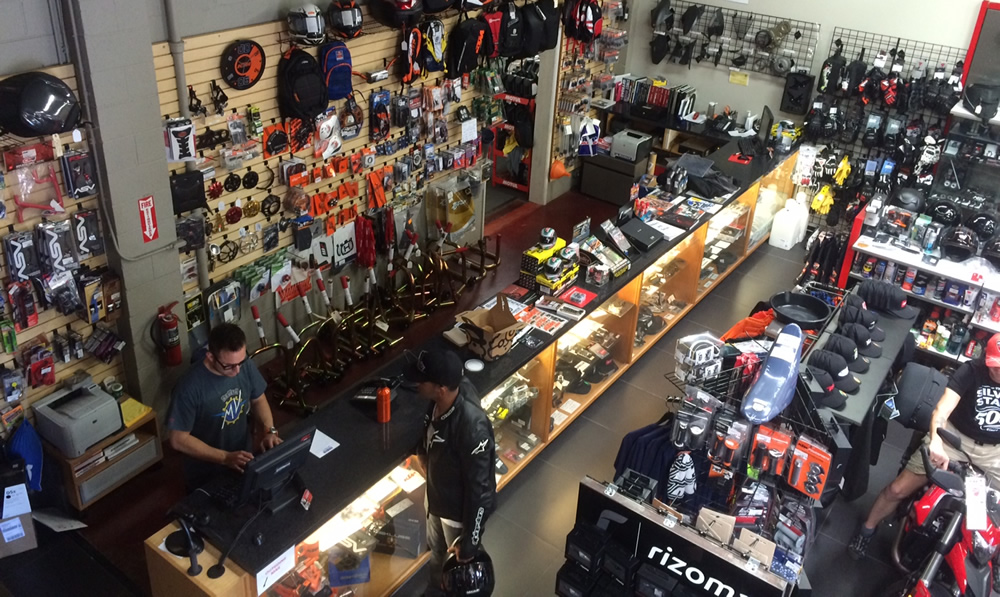Discover High Quality Moto Parts NZ for All Your Motorcycle Needs
Discover High Quality Moto Parts NZ for All Your Motorcycle Needs
Blog Article
Understanding Motorcycle Gears: How to Optimize Your Riding Experience
In the realm of motorcycling, understanding the art of gear manipulation is critical for improving your riding performance. Properly using and understanding motorbike gears can significantly influence gas, control, and acceleration effectiveness, transforming an ordinary experience right into a smooth, thrilling trip. By incorporating precise change timing and adjusting equipment selection to various road problems, riders can ensure ideal engine performance and safety and security. The subtleties of clutch control, throttle coordination, and equipment mechanics bid a much deeper expedition, guaranteeing to unlock the full capacity of your equipment. Just how can these techniques be harnessed to really enhance your riding experience?
Understanding Equipment Mechanics
At the core of motorbike dynamics, equipment mechanics play a pivotal duty in transforming engine power into motion, eventually determining rate and control. The equipment ratios, thoroughly designed, establish the connection in between engine transformations and wheel turns, affecting velocity and fuel performance.
Recognizing gear auto mechanics begins with recognizing the significance of the gearbox, which houses multiple equipments of varying dimensions. These equipments interact through a procedure recognized as meshing, where teeth of various gears engage to send power.
In addition, the concept of gear moving is essential to optimizing efficiency. Timely and smooth changes make sure that the engine runs within its ideal power band, avoiding unneeded strain and boosting longevity (motorcycle shop). By comprehending these mechanical ins and outs, riders can accomplish a harmonious mix of power, efficiency, and control, elevating their riding experience
Timing Your Shifts
Change timing mastery is vital for optimizing motorcycle efficiency and improving the riding experience. Correctly timed shifts ensure that the engine operates within its ideal power band, which is important for keeping control, achieving smooth acceleration, and making certain the durability of the bike. Motorcyclists should develop an instinctive feeling of when to shift equipments, which involves recognizing the partnership between engine revolutions per minute (RPM) and rate.
To master shift timing, pay attention to the engine's sound and really feel, as these supply essential hints concerning when to change equipments. The optimal change factor normally happens when the engine comes close to the top series of its power band without reaching the redline. Shifting too early can bring about an absence of power, while shifting far too late may trigger unneeded engine strain
In addition, roadway problems and riding style impact change timing. In contrast, during freeway riding, fewer changes at higher rates can be a lot more proper.
Enhancing Gas Effectiveness
While mastering motorcycle gears is crucial for efficiency, enhancing fuel efficiency is equally essential for both environmental and economic reasons. Optimum gas consumption not just reduces operational expenses but likewise reduces the ecological footprint of riding. To accomplish this, one need to understand the intricate relationship in between gear selection and engine performance.
Riding in a greater gear at reduced rates can lead to engine hauling, which is destructive to both gas economic situation and engine health and wellness. Conversely, riding in lower equipments at high speeds results in unnecessary gas intake.
Additionally, normal upkeep plays electric motor bikes for sale a crucial function in fuel efficiency. Making certain that the bike is well-tuned, with clean air filters and effectively inflated tires, can minimize and improve aerodynamics fuel wastefulness. Moreover, taking on a riding style that accepts gradual velocity and smooth deceleration can add to better fuel economic situation.

Strategies for Smooth Transitions
Accomplishing smooth equipment changes is essential to boosting the riding experience and ensuring the long life of a bike's transmission system. Appropriate equipment changing not just adds to a seamless experience however additionally reduces deterioration on the mechanical components. To understand the art of smooth shifts, motorcyclists need to concentrate on a couple of key techniques.

Second of all, clutch control plays an essential duty. Engaging and disengaging the clutch efficiently calls for method. The clutch bar need to be released slowly, permitting a smooth transfer of power from the engine to the wheels without triggering a shock or abrupt motion.

Adapting to Road Problems
Navigating diverse roadway conditions is an important ability for any type of motorcyclist intending to keep control and safety. Whether you're riding on damp surfaces, crushed rock roads, or navigating sharp turns, your capacity to adapt your gear usage and riding strategy is extremely important. Comprehending just how to readjust your gears appropriately can dramatically affect grip and security, making certain a more secure journey.
In comparison, when riding on gravel or unequal terrain, reduced equipments are more effective. Lower gears offer much better control and enable you to respond even more promptly to unforeseen changes in the roadway surface.
Sharp contours require exact equipment management to balance speed and control. Downshifting before getting in a curve can help keep momentum while guaranteeing the motorcycle remains stable throughout the turn. Regular practice in diverse problems improves your capacity to anticipate and respond to changes in roadway appearance and incline.
Verdict
Grasping bike gears dramatically enhances the riding experience by enhancing acceleration, fuel, and control efficiency. A comprehensive understanding of gear mechanics and specific change timing guarantees the engine runs within its ideal power band, while smooth shifts via effective clutch look at here and throttle control increase comfort and efficiency. Adjusting gear option to different road problems, such as making use of higher gears on wet you can try here surface areas and lower equipments on gravel, more improves handling and safety and security. Eventually, these skills elevate the general trip.
Recognizing equipment mechanics starts with identifying the significance of the gearbox, which houses multiple gears of differing dimensions. These equipments communicate via a process understood as meshing, where teeth of various equipments engage to transmit power (moto parts nz). Gentle adjustments to the throttle throughout gear shifts can stop jerky motions and maintain a regular riding rate
Whether you're riding on wet surface areas, crushed rock roads, or navigating sharp turns, your ability to adjust your equipment usage and riding strategy is paramount. Adapting equipment option to different road problems, such as making use of higher gears on wet surface areas and reduced gears on gravel, more improves handling and safety.
Report this page